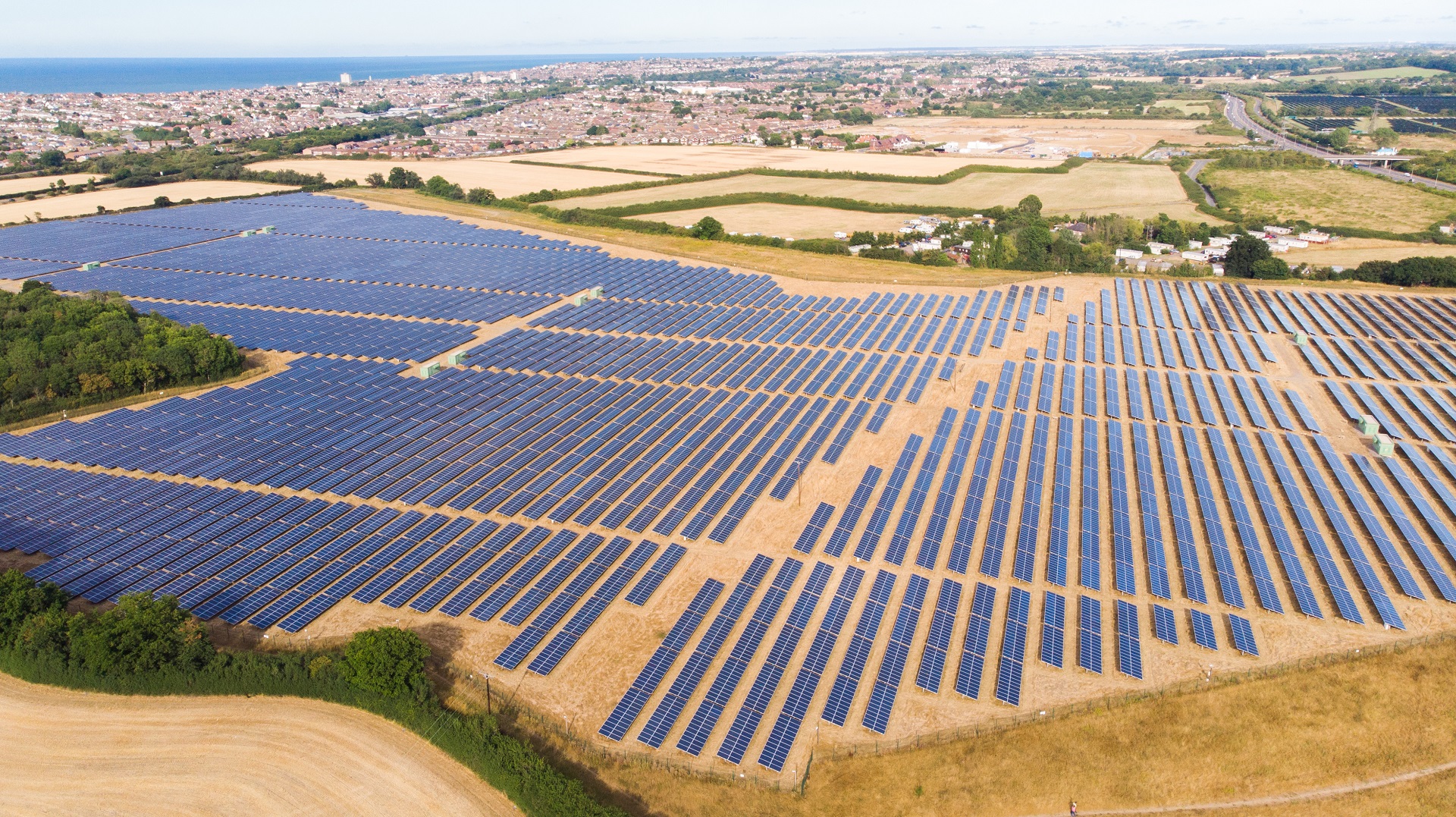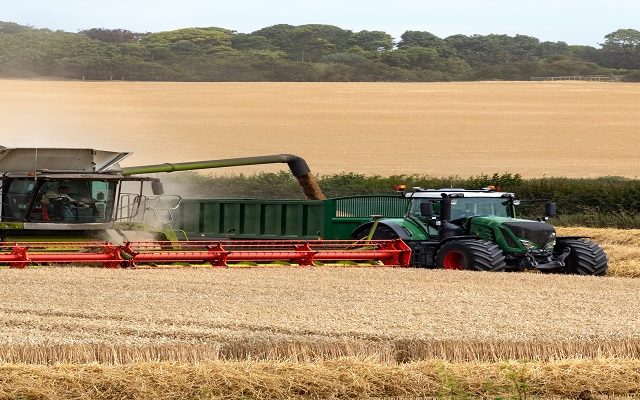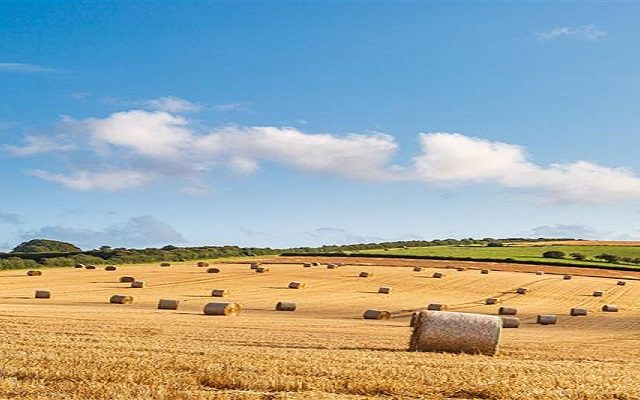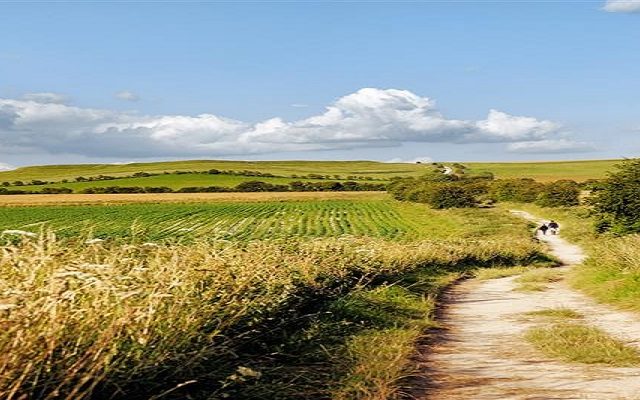Solar farms are a vital part of the energy mix
In the summer of 2022, when the sun shone almost continually, there was one issue debated during the Conservative Party leadership elections that particularly caught my attention – solar farms.
It seemed that the two hopefuls, Rishi Sunak and Liz Truss, were both against them. Yet this seemed at odds with our own experiences and the very positive way that solar farms are generally viewed by both planners and many landowners.
We were regularly seeing applications for solar arrays being submitted and Councils have generally been welcoming. The scale of some applications had perhaps come as a surprise to some, but they are largely in agreement about solar’s role in tackling the climate emergency.
So it was quite stark to hear such prominent politicians talk about them in such a negative way. There are now also rumours that the government wants to tighten planning rules, which would effectively ban the development of solar farms across huge swathes of the country.
Few would argue against the premise that we need to keep the best agricultural land in food production and everyone agrees there is potential for more roof-mounted solar. But the dismissal of the role of ground-mounted solar seems to fly in the face of the zeitgeist surrounding renewable energy.
The good news is that away from the political soundbites, at ground level the momentum for solar is still there.
Renewable energy targets
The Draft National Policy Statement for Renewable Energy Infrastructure, published in September 2021, describes solar as ‘a key part of the government’s strategy for low-cost decarbonisation of the energy sector’.
We have many clients who have been through, or in the process of applying for, planning permission, and others considering the option. They view it as diversification which generates a regular income over an agreed period, with minimal input required. In most cases, revenue generation is the motivating factor, but for some people doing something beneficial to alleviate climate change is also a significant driver.
Typically, they cover about 4 acres to the megawatt, so 150-170 acres is normal for a sub-50Mw array. Most schemes fall below this level as solar farms of 50Mw or more are classed as a Nationally Significant Infrastructure Project (NSIP) which requires government approval. A typical contract runs for 40 years.
A connection point is essential, as is the connection capacity (which needs to be confirmed by the network). We often see clustering around sub-stations where capacity has been established and is available.
For landowners in the right place, the returns outweigh that which they might expect from wheat and without the annual outlay for arable production. The promoters of the arrays also fund the planning application process, so there is no financial risk to the landowner – although careful consideration of the tax implications is a must.
Getting consent is not straightforward, but it’s certainly possible to navigate the process successfully. Low carbon energy is given positive weight in national planning policy and all local plans (although not without caveats). The visual impact is also generally much less than people imagine when you actually visit a solar array.
Application requirements are similar to other developments, with consideration given to factors such as flood risk, landscape impact, heritage, biodiversity net gain, and glint and glare being specific for proximity to residential dwellings. While the Environment Act may require additional Biodiversity Net Gain (BNG), solar arrays can easily meet these requirements in our experience.
Politicians are not alone in voicing concerns, but the reality is that solar farms only account for about 0.08% of total land use, national policies support their development, and they can be a key source of income to farmers and landowners.
They may not be for everyone, but at a time when the cost of energy derived from fossil fuels is soaring, they must remain an important part of the energy mix.
To discuss any aspect of this article contact Richard Clews (Planning). This article first appeared in our latest issue of Land Business. For more download the Autumn 22 edition of Land Business.






